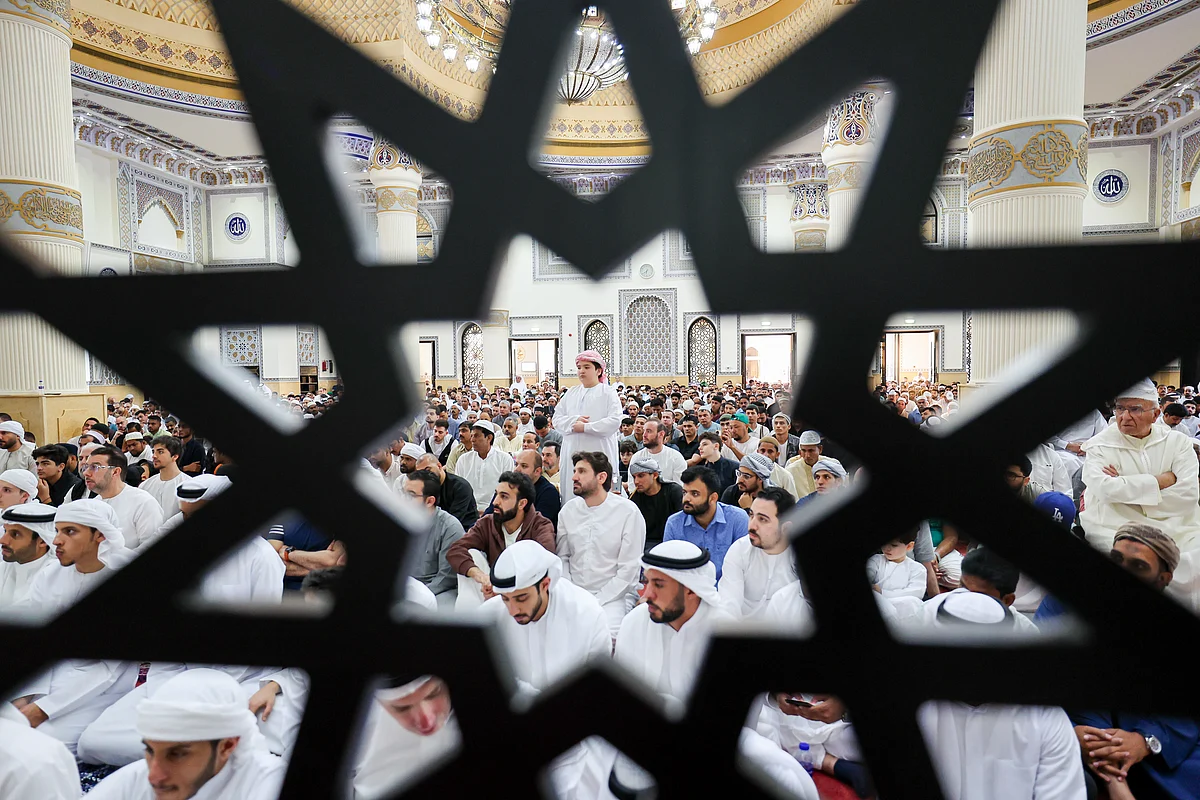Rare event: Muslims to celebrate three Eid festivals in 2039
The year will begin and end with Eid Al Adha, while Eid Al Fitr will be observed once.

Dubai: It may sound puzzling, but it’s entirely explained by the interplay between the lunar and solar calendars. In the year 2039, Muslims around the world will witness a rare occurrence, three Eids within a single Gregorian calendar year, a phenomenon that hasn’t been seen in modern memory and is unlikely to be repeated anytime soon.
According to renowned climate and astronomical expert Dr. Abdullah Al Misnad from Saudi Arabia, the unusual alignment stems from the way the Islamic lunar calendar gradually shifts against the solar Gregorian calendar, advancing by roughly 11 days each year.
That drift will lead to a remarkable convergence in 2039. The year will begin with the first Eid Al Adha falling on January 6, 2039, corresponding to 10 Dhul Hijjah 1460, the traditional culmination of Hajj and the major festival of sacrifice. But that won’t be the only one.
Nearly 12 months later, the lunar calendar will complete its full cycle again, and a second Hajj season will begin, culminating in another Eid Al Adha on December 26, corresponding to the 10th of Dhul Hijjah in the year 1461.
This means that two separate pilgrimages to Mecca will be performed within a single solar year, an exceedingly rare feat.
Even more unusual: both occasions will come with their own Day of Arafat, the spiritually charged day preceding the Eid, when pilgrims gather at Mount Arafat to pray.
Sandwiched between these two events will be Eid Al Fitr, expected to fall on October 19, 2039. Three Eids in a single year, two sacrificial and one celebratory, amount to an unparalleled spiritual cycle of fasting, pilgrimage, prayer, and festivity.
The lunar calendar’s shift is not limited to the Hajj season. Ramadan, the holiest month of fasting and spiritual reflection, will also experience a similar occurrence in the near future.
In 2030, Muslims will observe two Ramadans within the same Gregorian year, one beginning in January and another starting in December. This event will be the first double Ramadan in 33 years, following the last occurrence in 1997.
The Islamic Hijri calendar is based on the phases of the moon and consists of 354 or 355 days. The Gregorian calendar, which follows the solar cycle, consists of 365 or 366 days. This mismatch causes Islamic dates to shift earlier each year by approximately 10 to 11 days.
Huda Ata is an independent writer based in the UAE.
Sign up for the Daily Briefing
Get the latest news and updates straight to your inbox
Network Links
GN StoreDownload our app
© Al Nisr Publishing LLC 2025. All rights reserved.